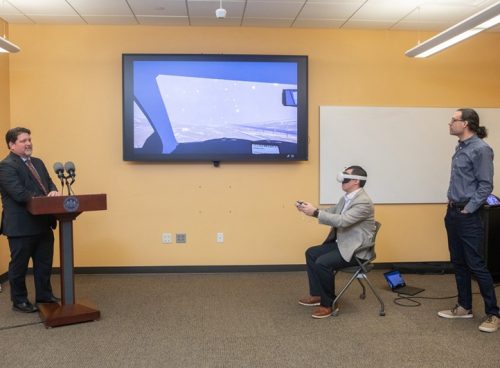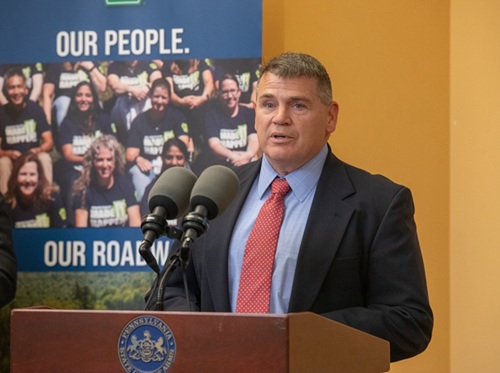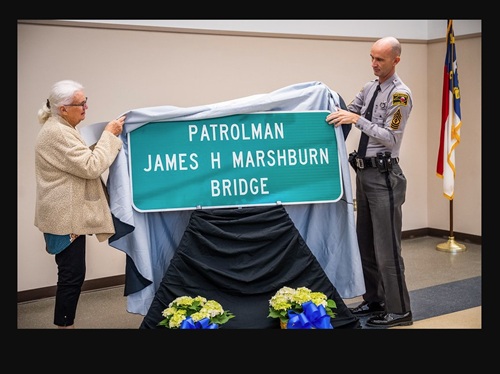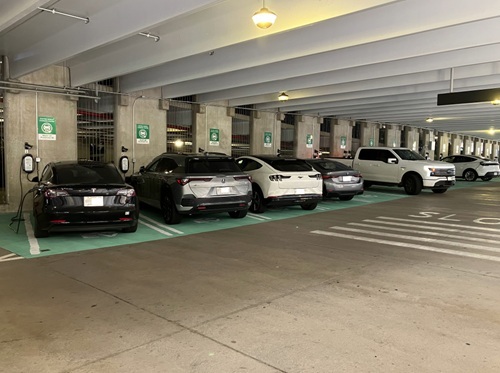The Pennsylvania Department of Transportation recently joined a partnership comprised of fellow state agencies and federal entities to offer motorists more winter weather information to help improve roadway safety.
[Above photo by the PA Turnpike]
The Pennsylvania Turnpike Commission, PennDOT, and Pennsylvania Emergency Management Agency have teamed up with the National Weather Service (NWS) and the National Oceanic and Atmospheric Administration to study how snow squalls affect driving conditions and how information on those conditions can help motorists operate their vehicles more safely.

A snow squall is a brief and intense period of heavy snow (up to two inches in 30 minutes), strong winds (30-plus miles per hour), and whiteout conditions where visibility is less than a quarter mile. Due to their isolated and intense nature, snow squalls can catch drivers off guard and lead to major transportation impacts, including multi-vehicle crashes, noted Craig Shuey, chief operating officer for the PA Turnpike, in a statement.
“We have seen snow squalls occur on the Turnpike, and it definitely affects how people drive, which is why we want to support this study,” he said.
On days when snow squalls are possible, the NWS will brief its state agency partners, which in turn can activate changeable message signs, variable speed limits, and wireless emergency alerts to convey the impending danger from snow squalls to motorists and the public.
As part of these safety measures, variable speed limit (VSL) signs quickly reduce speed limits when visibility or roadway conditions present the need for more cautious driving, such as during a snow squall.

PennDOT has 78 VSL signs located along Interstate 80 and I-81. Locations were chosen based on crash and weather data, such as frequency of wintry conditions that demand safer driving, and where crashes caused by whiteout conditions led to roadway closures of more than three hours.
Additionally, to help drivers visualize what it is like to drive into a snow squall, Dr. Jase Bernhardt from Hofstra University is developing a “virtual reality snow squall simulator” to study how drivers react to snow squalls.
The reactions of those using the simulator will be documented, analyzed and shared with supporting transportation organizations. Based on a deeper understanding of the drivers’ unique perspectives, transportation agencies can then provide more timely and relevant information on driving through snow squalls when motorists have no way to safely exit the highway, explained Larry Shifflet, PennDOT’s executive deputy secretary.
“If you are driving on an interstate when a snow squall warning is issued, the best thing to do is to exit the roadway at the next opportunity,” he said. “If you do get caught driving in a snow squall, avoid slamming on your brakes, turn on your headlights and hazard lights, stay in your lane, and increase your following distance. And buckle up! Your seat belt is your best defense in the event of a crash.”
 States
States
NCDOT Project Aims to Honor Fallen State Troopers
September 12, 2025 States
States

